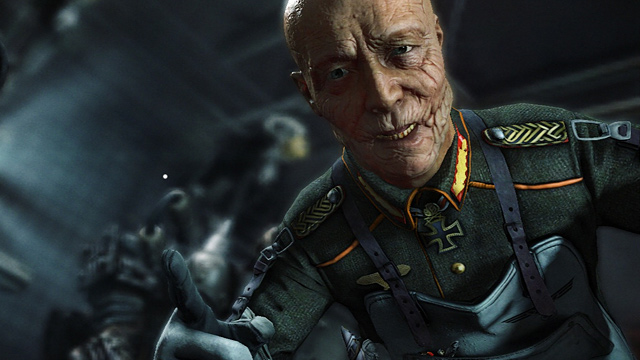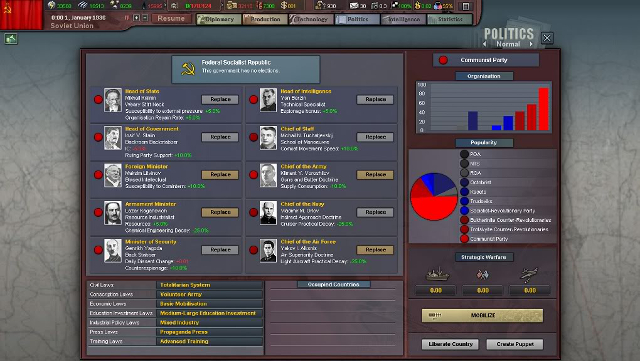author: Luc
Communism in Video Games: absurdity, Controversies and Propaganda
We are pretty much used to certain way Nazism is shown in video games. What about communism and Stalinism? How was the sinister system depicted throughout the years?
Table of Contents
- Communism in Video Games: absurdity, Controversies and Propaganda
- We can all be Zhukovs
- Smile tovarishch, smile!
- The bad, the ugly, and the cruel
Around 2001 and 2002 historical shooters recreating battles from World Ward II were gaining in popularity. Those days, games were clear on the distinction between the ‘good guys’ – usually soldiers and agents of the Allies and the ‘baddies’ – all kind of servants of the Axis with the Germans at the front. However, that border was diminished in multiplayer struggles, where, by default, half of the players arrived at the battlefield in Wehrmacht or Waffen-SS uniforms. This representation of the criminal system greatly worried the press. According to The New York Times an ‘invasion of Nazi programmers’ was taking place and the last taboo in videogames has been broken. Such attention was absent when it came to Call of Duty, which like no shooter before allowed us to get an experience that of a soldier living in a totalitarian country, with a criminal and repressive system, responsible for tens of millions of victims. Why the silence? The point is that it was the USSR and the system was communistic. Why is playing as a Wehrmacht soldier controversial, while a trooper of the Red Army remains unnoticed?
Video games draw many patterns from Hollywood blockbusters. As in a Michael Bay movie, presenting a nation is usually a result of the most popular stereotypes and the most basic of the common facts, added with a small dose of political correctness. The point being, that the propaganda circulating in the 40-ies and, with small breaks, in the times of the Cold War, seems to be taking its toll even today – Stalin and the USSR eventually lend a hand in defeating the Third Reich and that was enough to make the world forgive them, what they did on their own soil and the ‘zone of influence’. It won’t bother a non-European, but for a citizen of a country that had direct contact with both communism and Nazism, a naive approach to the first is hard to stomach. Only since recently, have designers with a less childish approach to history came to the fore.

Allowing a major simplification – an image of communist companions in video games can be summed up in four categories: brave heroes, funny (if not comical) troopers, vicious and merciless megalomaniacs and lastly, completely neutrally – not delving into their character or motivations. Seems pretty clear, does it not? The problem being that same treatment is not applied to equally cruel Germans – apart from a few cases, a swastika on a soldiers arm automatically means that we are dealing with a brute, best greeted with lead. Apparently a Nazi’s only place in a video game is on the opposing side. When it comes to communists, it isn’t that certain.
Based on facts
Let’s start from the least controversial category, and the rarest one – a neutral depiction of USSR, simply as one of the political powers of the 20th century. A power with certain conditions and defined goals, based solely on historical facts. Without glorification and exaggerations – just facts. That approach has been characteristic in strategy games focusing on diplomacy, economics and politics, where the in-game view is limited to a map of the continent. This category includes most importantly the Hearts of Iron series or games like War Leaders: Clash of Nations. The Soviet Union is naturally present and we can take control of the empire and lead it to world domination, but without any moral judgment whatsoever. Despite occasionally seeing a portrait of Stalin during negotiations, it is an image without any message, simply stylized in a certain way.

